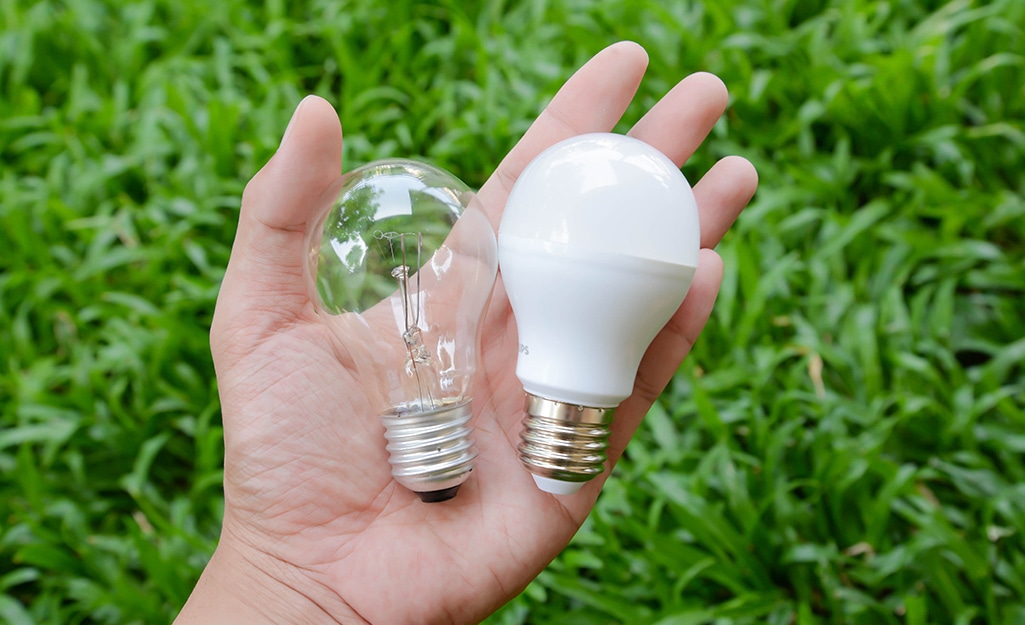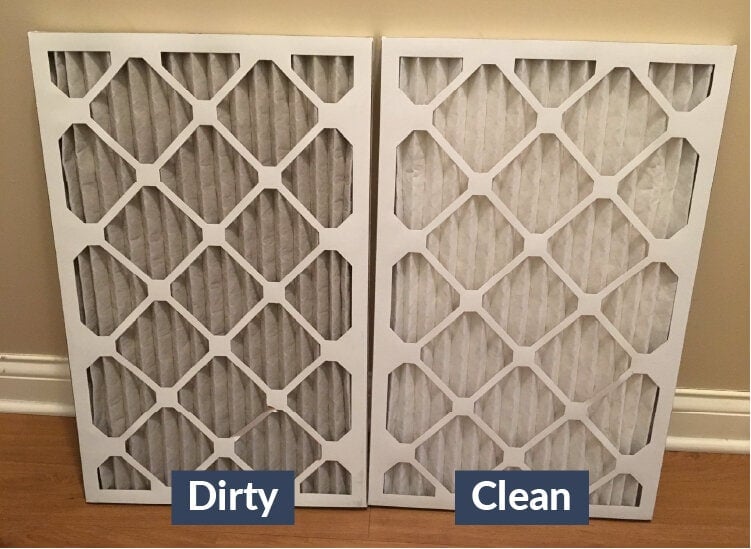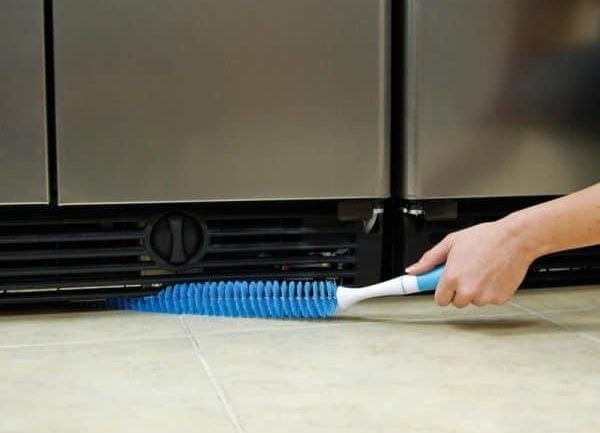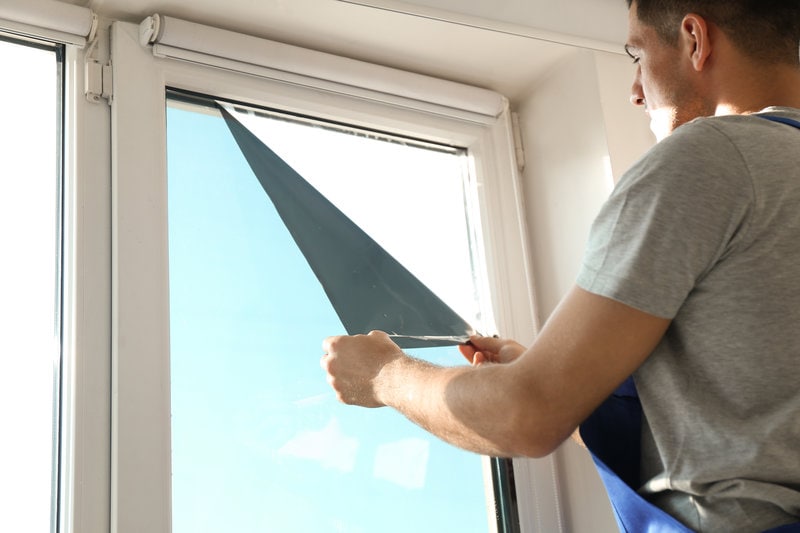Whether you rent an apartment or own a home, you’ve likely noticed a serious increase in electric bills over the past few years. With prices of everything else soaring as well, it’s important to find ways to cut down on this necessary expense as much as possible. You may think you have your home fitted to be energy-efficient, but there’s always room for improvement!
From the lightbulbs you use to the appliances you run every day, there are ways to make your appliances more efficient and reduce your electric costs. The best part? Everything on this list is a simple DIY project you can complete in an afternoon- or even just a few minutes! So, what are you waiting for? Scroll down to dive into the world of smart DIY projects that’ll help you protect your appliances and your wallet.
Make The Switch To LED Bulbs

Before you do anything else, you’ll want to start with the basics. You can save a significant amount on your energy bill simply by replacing your current iridescent bulbs with LEDs. Yes, you’ll pay a little bit upfront to buy all new lightbulbs for your home, but the average household saves around $250 a year by making the switch.
LED bulbs typically use 75% less energy than iridescents, so they’ll reduce your energy usage noticeably. Those costs will really add up, especially when combined with all the other tricks you’re about to learn from this list.



































